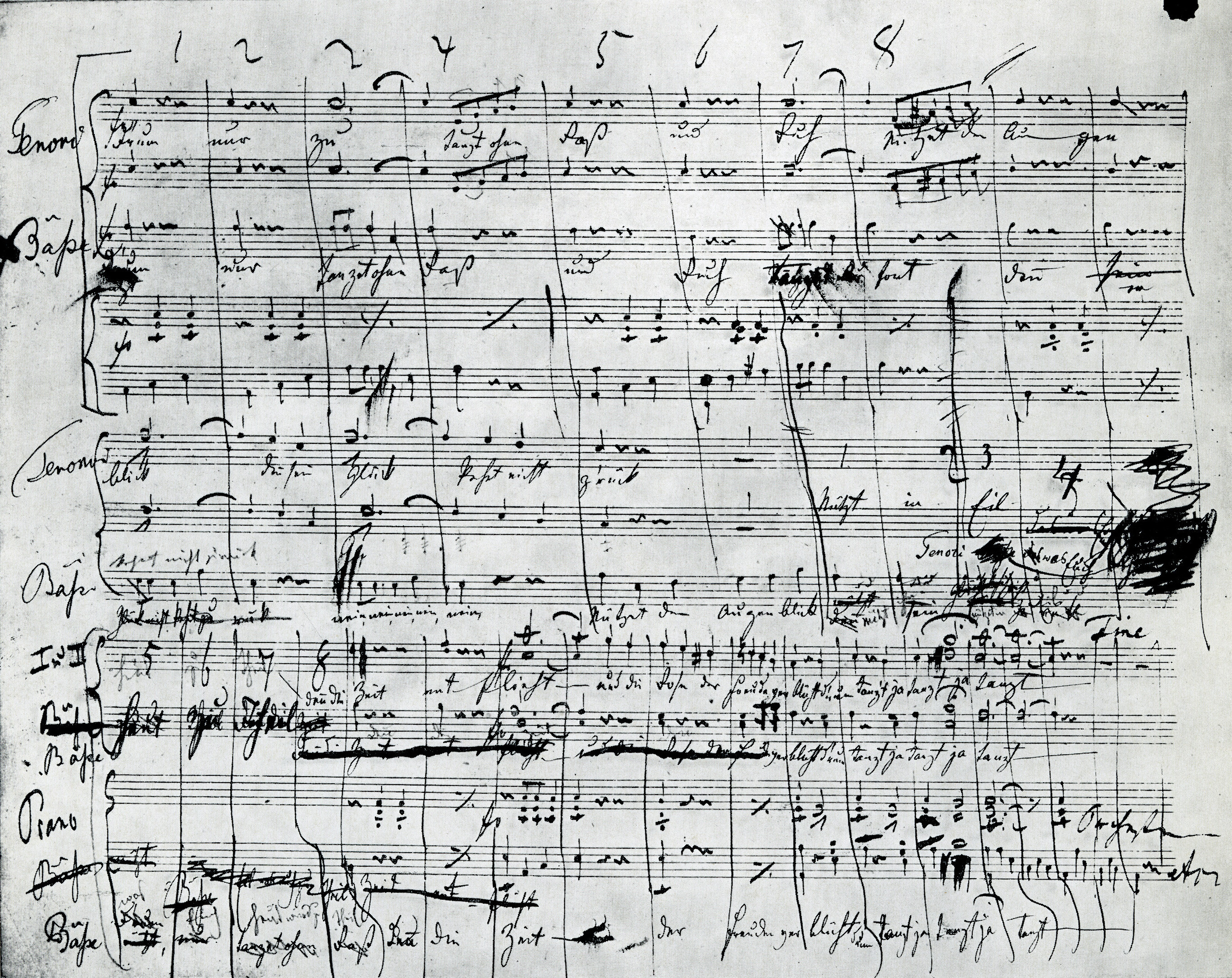Der blaue Fluss. Die Farben der Donau in der Fotografie um 1900
Veröffentlichungsdatum: 15 Sep 2021 12:47
Zitierbare Links:
URN: urn:nbn:de:bvb:355-kuge-586-2
Download:
| PDF Download (5MB) Sprache: Deutsch |
Durchschnittliche Beurteilung
Ihre Beurteilung
Kurzfassung
Die Donau ist blau, so heißt es. Blau ist sie in der Walzermusik von Johann Strauss, blau ist sie auch in der populären Wahrnehmung bis heute. Aber erst im 19. Jahrhundert und vor allem um 1900 hat der Fluss die Symbolfarbe ‚Blau‘ als kulturellen Code angenommen. War die blaue Donau im 19. Jahrhundert noch vorwiegend ein Sprach- und Musikbild, so änderte sich dies an der Wende zum 20. Jahrhundert grundlegend. Die blau eingefärbte Donau tauchte nun auch in der populären Bildwelt auf, zunächst, Ende des 19. Jahrhunderts, in Form massenhaft verbreiteter kolorierter Lithografien, etwa in Form von kolorierten Sammelbildern und Bilderbögen, später, um und nach 1900, in den farbigen Bildpostkarten. Der Beitrag untersucht, wie diese Bildmedien das Image des Flusses in der Populärkultur entscheidend geprägt und verfestigt haben. Erst in der Welt der Ansichtskarten wurde, so die These, die Donau auch in Bildern blau.
Abstract (englisch)
The Danube is blue, so they say. Blue it is in the waltz music of Johann Strauss, blue it is also in the popular perception until today. But it was not until the 19th century and especially around 1900 that the river adopted the symbolic color 'blue' as a cultural code. While the blue Danube was still predominantly a linguistic and musical image in the 19th century, this changed fundamentally at the turn of the 20th century. The blue-colored Danube now also appeared in popular imagery, first, at the end of the 19th century, in the form of mass-circulated colored lithographs, for example in the form of colored collectible pictures, and later, around and after 1900, in colored picture postcards. This article examines how these pictorial media decisively shaped and solidified the image of the river in popular culture. According to the thesis of this article it was only in the world of picture postcards that the Danube also became blue in pictures.
Lizenz
Jedermann darf dieses Werk unter den Bedingungen der Creative Commons Namensnennung 3.0 DE Lizenz benutzen.





Rezensionen
Kommentare
Es liegen noch keine Kommentare vor.Möchten Sie Stellung zu diesem Artikel nehmen oder haben Sie Ergänzungen?